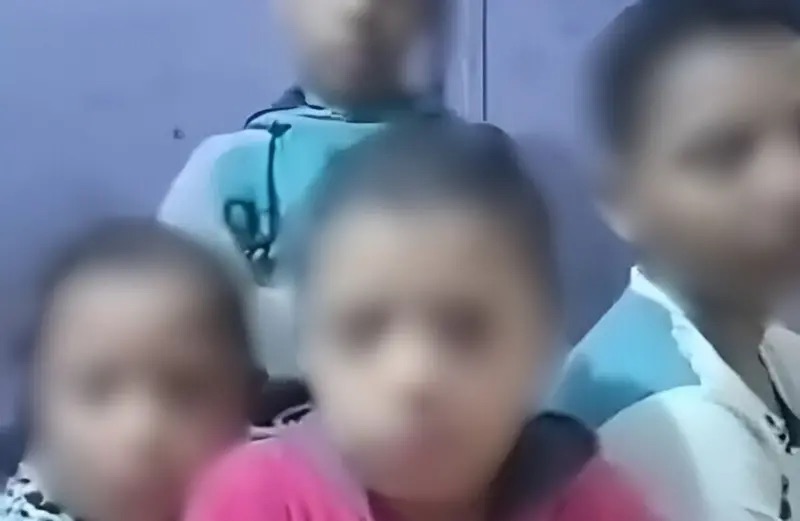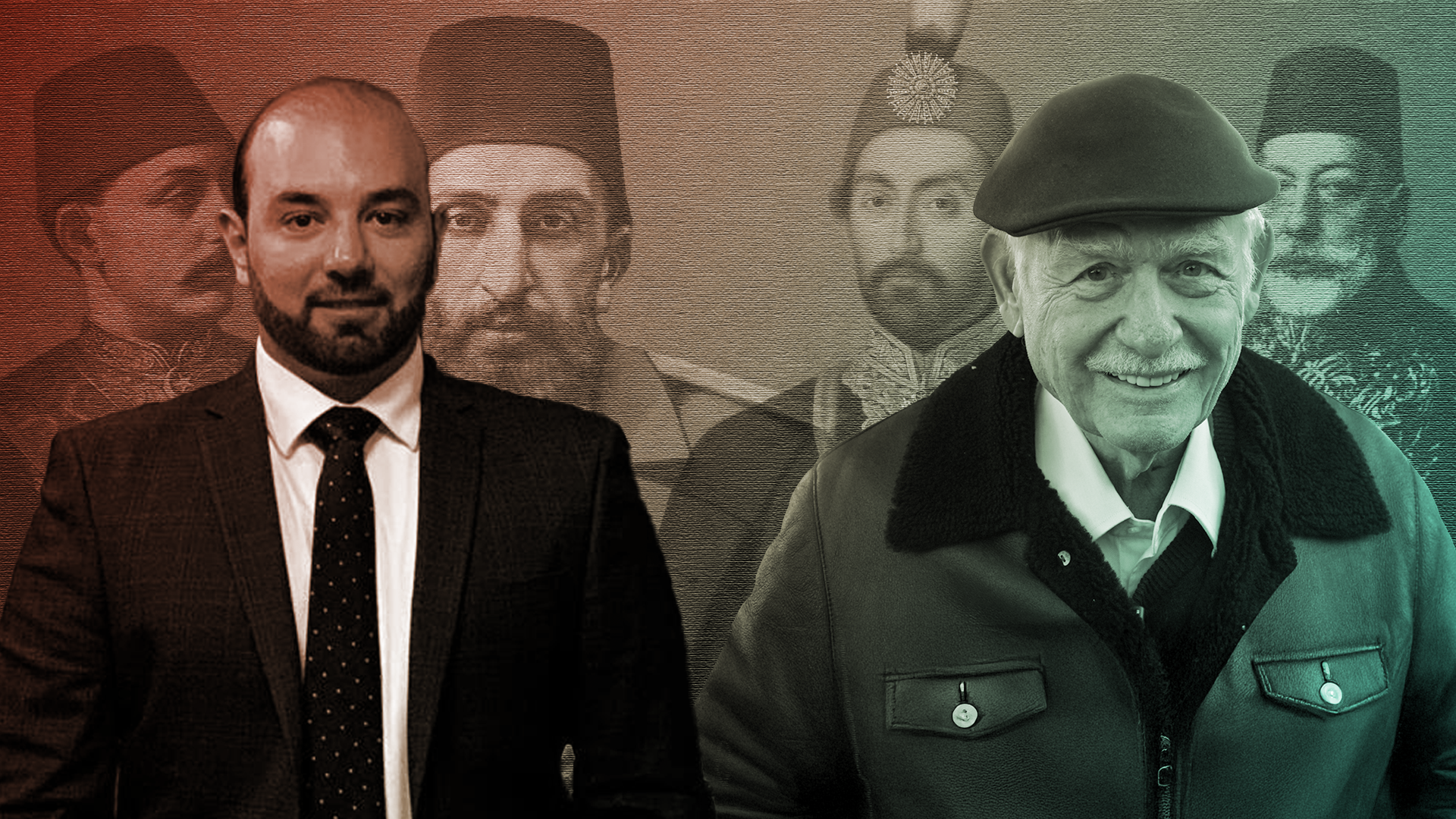Teaching Emotions in the Classroom

Teaching Emotions in the Classroom
Many times, if young children are unable to act empathetic towards their siblings, friends, and classmates, it
is not because they do not feel empathy, it is simply because they do not have the correct vocabulary to
communicate their emotions.
Teaching children emotional vocabulary is a key part of conflict education at a young age. For a group
activity, ask children: "What does feeling happy feel like? Look like? What color is it? What animal is a happy
animal? What does feeling angry feel like? Look like? What color is it? What animal is an angry animal? How
do we act when we are happy? When we are angry? How do we treat otherpeople?" Act these feelings and
actions out in role-play, and role-play alternative responses.
One teacher of four-year-olds was having trouble with arguments and fighting in her class. She felt that she
had to address the problem directly with the entire group, as well as individually, if she was to see consistent
results. She writes this about her experience:
This year in the Pre-K class we began by identifying feelings. We talked about how various situations make us
feel. Our goal is to encourage the children to use words to express feelings and thus to avoid some
confrontations and conflicts. One activity to encourage talking about feelings was the following: Each child
made stick puppets whose faces reflected basic emotions (happy, sad, mad). We discussed various situations
(when a friend hurts you, when you have pizza for lunch, when a parent is sick, when you spend time with a
grandparent...) and the children used the puppets to display how they would feel.
As a follow-up to this, we now have the children express their feelings, following a conflict, come up with a
solution, shake hands to show they agree with it, and plan how to implement the solution. For example,
following a physical argument between two children, they talked about why they were pushing and what they
could do to make each other feel better. The solution was to listen when one person was asking the other
something. The children made up with a hug and a handshake.
Give children a vocabulary for their emotions
Give children a vocabulary for their emotions so that they can name their feelings. An excellent tool for
helping children to identify their emotions is the Emotions Poster available through Childswork/Childsplay. It
features photos of real kids expressing 28 different feelings.
Children may not have the word for what they are feeling, but they may recognize the emotion in the
expression on a childs face. Ask children to point to the face that best expresses their own feeling. Give them
the label for that feeling, using it as a springboard for discussion.
By helping children understand the names of their emotions, they can better communicate those emotions and
better deal with conflict.




















التعليقات (0)